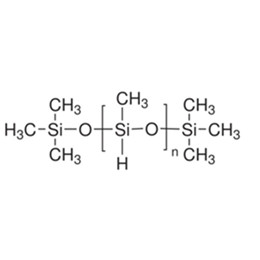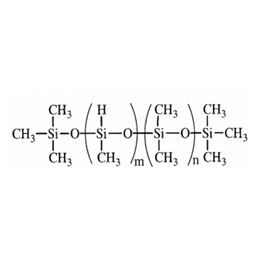The silicone release agent is a kind of surface treatment material based on silicone polymer, with the characteristics of being non-volatile, insoluble in water, etc., which can form a thin layer of homogeneous silicone film, to realize the effect of quick silicone mold release. Silicone mold release agent is safe to use and will not cause pollution to the production environment and product quality, so it is used in a variety of fields. What are the applications of silicone mold release agents?
- What is silicone mold release agent?
- In plastic molding process
- In rubber molding process
- In food and cooking utensils process
- In electronic components process
This article will introduce the applications of silicone mold release agents in turn, and how silicone mold release agents play a role in these applications:
1. What is silicone mold release agent?
Silicone oil release agent has become the mainstream choice of silicone oil release agent because it does not contain an organic solvent, so there is no environmental pollution, toxicity, fire hazard, or other problems. These release agents are usually formulated by dispersing silicone oil and surfactant in water, or by emulsion polymerization of siloxane oligomer and modified silicone oil in the presence of surfactant. Its active ingredient content is generally between 25% and 65%, its pH value is maintained at 5-8.5, belongs to the O/W type emulsion.
1.1 What is the composition of the silicone mold release agent formula?
(1) The main components: silicone compounds are the core components of the release agent, with excellent high-temperature resistance, chemical stability, low surface tension, and other characteristics. Common silicone compounds are silicone oil, silicone resin, and so on. These components can form a uniform lubricant film on the mold surface, effectively reducing the friction coefficient between the mold and the product.
(2) auxiliary additives: in order to enhance the comprehensive performance of silicone mold release agents, usually add some auxiliary additives, such as thickeners, preservatives, antistatic agents, and so on. These additives can adjust the viscosity of the release agent to extend the service life and enhance the antistatic effect.
1.2 What are the key points of silicone mold release agent preparation?
(1) raw material preparation: according to the formula, according to the proportion of accurate weighing of various raw materials to ensure that the quality and purity of raw materials are in line with the requirements.
(2) Mixing and stirring: Organosilicon compounds and auxiliary additives are fully mixed, and the components are evenly dispersed through stirring. During the mixing process, attention should be paid to controlling the mixing speed and temperature to avoid bubbles or local overheating.
(3) Filtering and packaging: the mixed mold releases agent through the filter to remove impurities and particles, divided into clean containers, sealed, and stored for spare parts.
1.3 What is the preparation method for silicone mold release agent?
In the process of silicone mold release agent preparation also need to pay attention to the following points:
(1) First of all, we should ensure that the operating environment is clean and dry, to avoid dust and moisture on the performance of the mold release agent;
(2) Secondly, safety regulations should be strictly observed to prevent chemical accidents;
(3) Secondly, the preparation equipment should be cleaned and maintained regularly to ensure the normal operation of the equipment and the stability of the quality of the release agent.
2. The application in plastic molding process
Plastic molding is the most important application of silicone mold-releasing agent objects. It is widely used in Polyurethane, Polystyrene, Polyvinyl Chloride, Melamine, Acrylic resins, Epoxy resins, and Polyester mold material and transfer molding, injection molding, casting molding, laminated molding, and other mold-making processes.
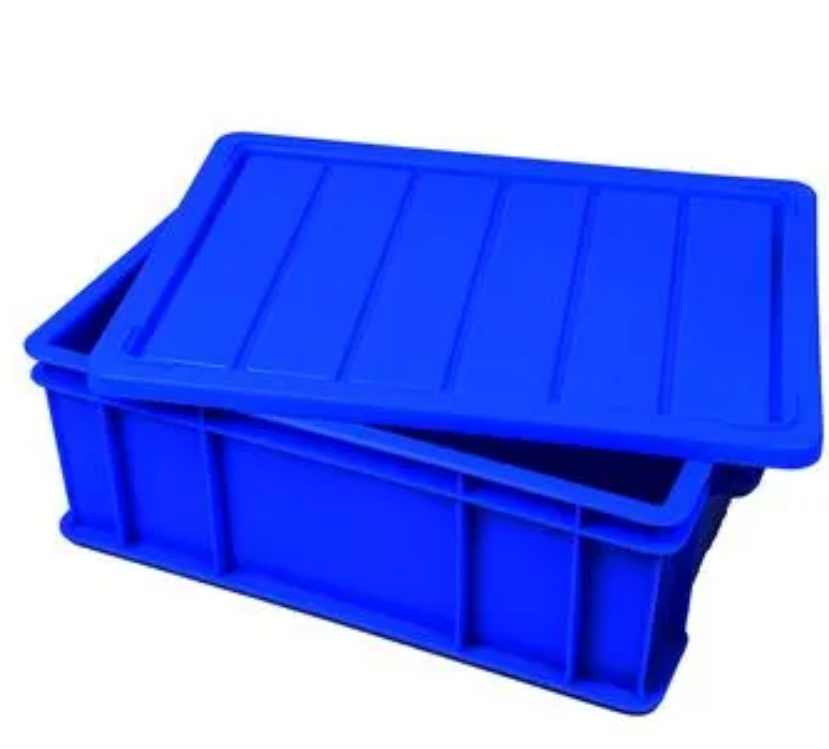
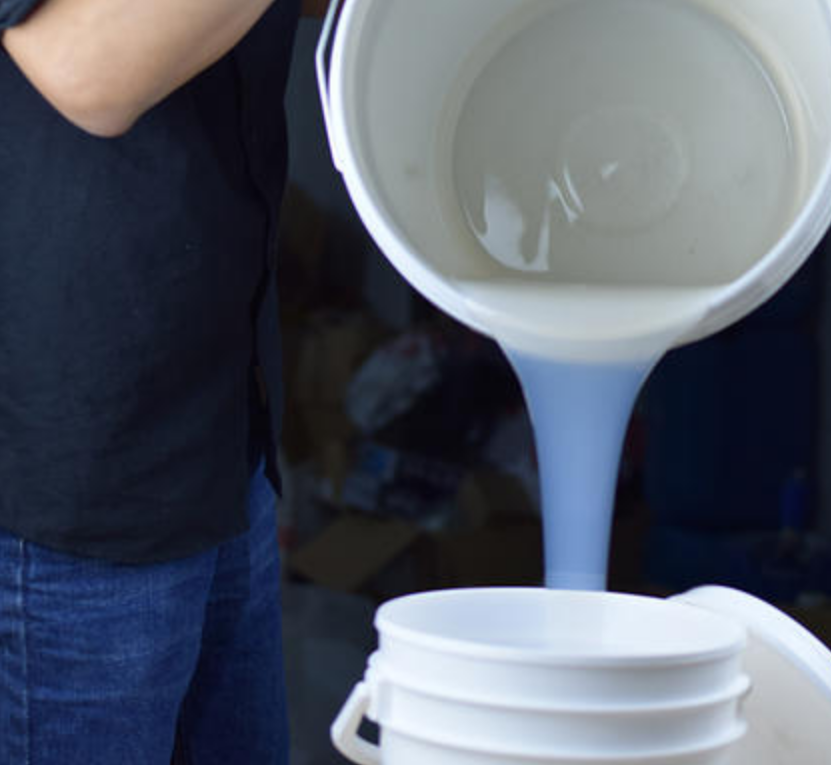
2.1 How to choose silicone mold release agents?
(1) In mold making, among them, the molding release of Polyurethane foam occupies the vast majority, and the solution or emulsion-type release agent with a concentration of 0.5%-2.0% is usually used, which is sprayed on a clean mold and dried for 30min at the molding processing temperature to start molding immediately. A curing-type release agent should be used if durable mold release is required.
(2) For the new use of the mold, the use of the initial appropriate concentration of high mold release agent wipe, adapt to a period of time, and then the concentration of the release agent down. For food packaging containers, it mainly uses medium viscosity Dimethicone and food-grade emulsifier formulated mold release agent. For more difficult materials, such as Epoxy resin and Polyurethane, it is best to use silicone resin silicone oil or fluorocarbon silicone oil as a release agent.
2.2. What are the advantages of silicone mold release agents coated on plastic film?
(1) Preventing adhesion and protecting the paint film
In the production process of plastic film and sheet, the use of a silicone mold release agent can prevent the film (or sheet) from the dense adhesion, to ensure that the winding is flat, easy to peel, and has no deformation, or rupture. In addition, increasing the smoothness of the film helps to reduce the slip and friction of the roll or transportation roll, avoiding the surface whitening caused by friction, which reduces the commodity value of the film.
(2) Balancing release and slip
The release agent formulated by adding appropriate amount of MQ silicone resin emulsion to dimethyl silicone oil emulsion can control the coefficient of static friction (μs ) between the films between 0.13 and 0.20, realizing a balance between release and slip, and not harming the transparency of the films.
(3) Anti-fogging performance
In order to prevent blurring of the container wall due to water vapor when used as a food packaging container, an appropriate amount of sucrose fatty acid ester with a high HLB value is added to the release agent as an anti-fogging agent.
2.3 How to apply silicone mold release agents as internal release agents?
The above introduction is used as an external mold release agent. In recent years, the internal mold release agent used has been in rapid development in mold making, this method involves adding the silicone oil directly to the thermoplastic resin or making in advance of the high concentration of silicone oil containing thermoplastic resin granules, and then mixing into the masterbatch to use.
(1) For example, by adding a small amount of silicone oil or silicone oil pellets to Polystyrene, Acrylonitrile Butadiene Styrene (ABS), Polyolefin, Nylon, paraformaldehyde, and polyvinyl chloride, the flowability and resin output can be improved in extrusion molding. In injection mold making, it can shorten the screw response time and improve resin flow, at the same time, injection molding can reduce the friction coefficient of the surface of the product and improve the abrasion resistance of the product, lubricity, gloss, and hydrophobicity.
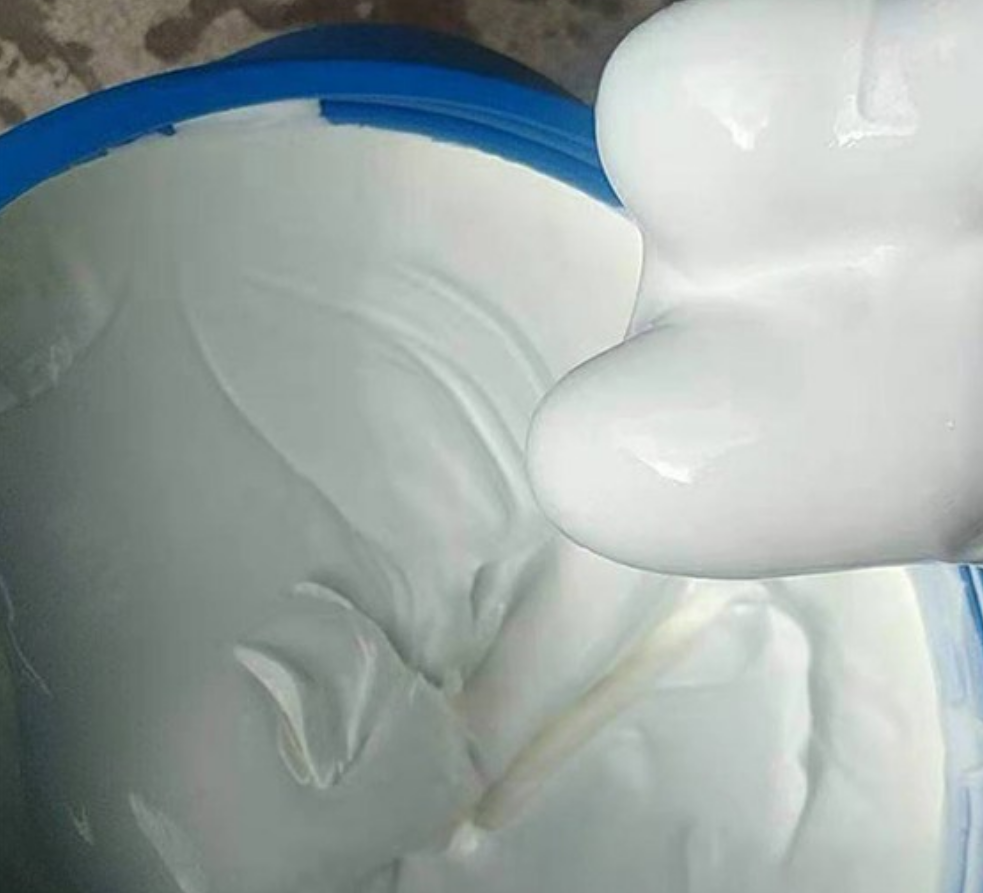
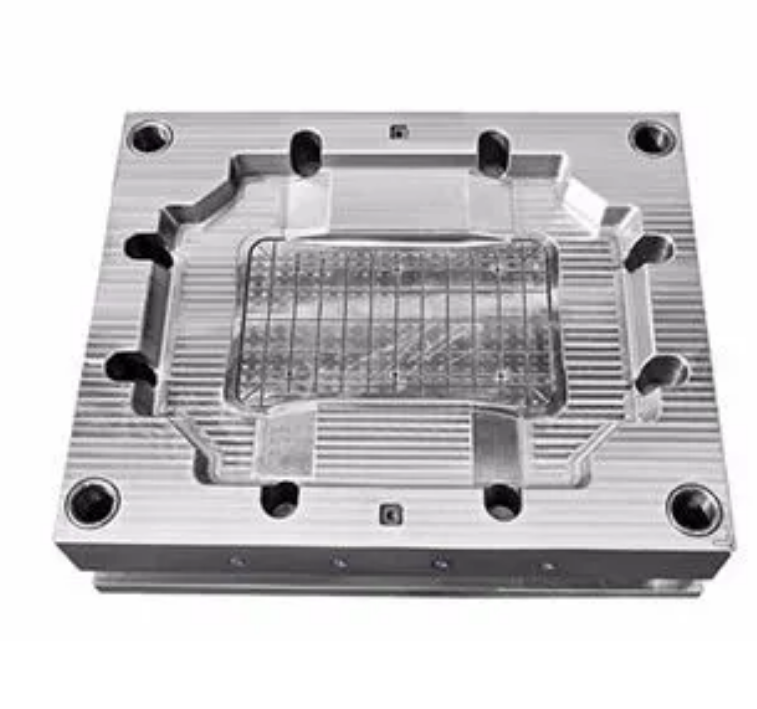
(2) If using Dimethicone, it is better to use a higher viscosity to determine suitability, such as 12500cs; when adding Methyl Phenyl silicone oil, it can adjust the refractive index and obtain transparent products; when adding Polyether silicone oil, it can give anti-static properties, so that the thin products have anti-adhesion; when adding long-chain Alkyl silicone oil, the products obtained have the post-processing properties such as printable, coated and embossed, etc., and the introduction of multifunctional groups in thermoplastic resins. The introduction of multi-functional MQ silicone resin, silicone oil containing hydroxyl group, and magnesium stearate in the thermoplastic resin can also improve the flame retardancy of the products.
(3) In addition, in the Polyurethane reaction injection molding, the addition of carboxyalkyl silicone oil as an internal mold release agent can be exempted from the use of an external mold release agent, and if use the former to get the products, water-based ink will have good adhesion and start molding immediately.
3. The application in rubber molding process
In the rubber molding process, emulsion-type release agets are one of the most widely used varieties, with the drying time requirements of fast and short production cycle requirements of tire production, before the use of solution-type products. Currently, in a variety of rubber products, tire mold releases account for about 85%, and tire (outer tire) production is widely used in the airbag molding method, the latter is mainly by the elastic rubber bag (with hot air receiver) and steel molds composed of two parts. This method is through the rubber elastic bag (capsule) which will be the pressure transferred to the inner wall of the tire, the bag pressure is always perpendicular to the surface of the pressed parts, and the latter surface finish has nothing to do. As the outer wall of the tire is close to the steel mold, the tire will be formed after the completion of vulcanization under heating and pressure, and the tire will be removed from the mold by removing the pressure, and start molding immediately.
In the airbag molding method process, two places can be used release agent, one is between the tire outer wall and the steel mold, generally, it will be sprayed on the surface of the steel mold release agent; Two is between the capsule (bag) and the tire inner wall, usually, it will be sprayed in the capsule on the mold release agent or coated in the tire wall, the latter is more demanding on the mold release agent requirements.
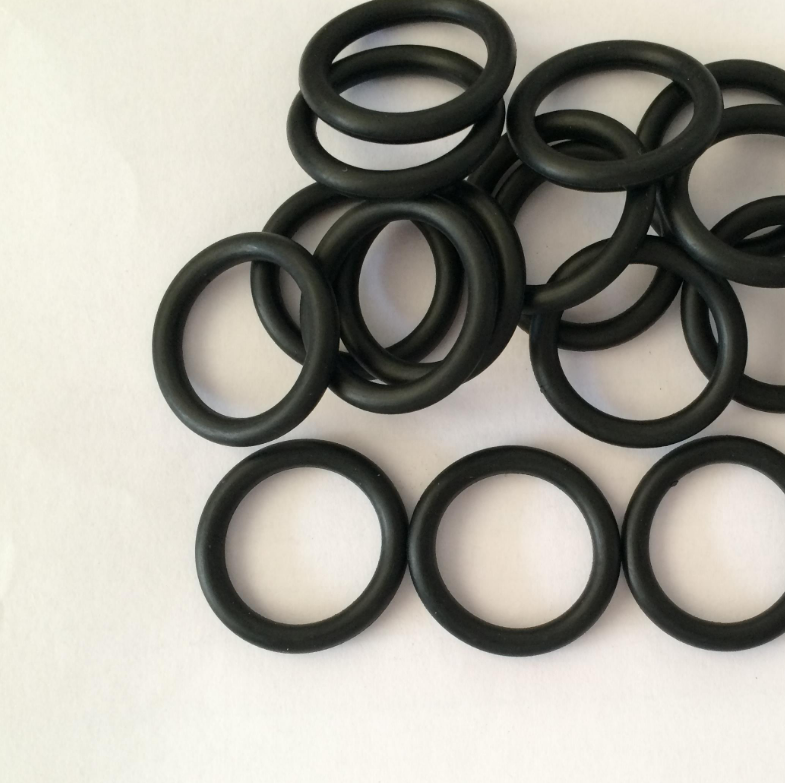

3.1 How to use silicone mold release agent?
Generally, the emulsion-type release agent formulated with high-viscosity dimethyl silicone oil can be used as the release agent for both steel mold and capsule. But in the tire curing, along with the decomposition of the vulcanizing agent, residue will be deposited on the surface, so the release effect is poor. For this reason, the silicone oil release agent needs a certain proportion of mica powder, talcum powder calcium carbonate, and other inorganic powder that can effectively improve the release effect and the mobility of the extrusion so that the bag is easier to peel off from the inner side of the tire to take out, to effectively prolong the service life of the bag. However, the addition of inorganic powders such as mica will also bring the disadvantage of whitening the tread.
In addition to emulsion-type release agents, especially room-temperature vulcanization silicone rubber-type products, solution-type have also been widely used. Various silicone rubber products treated with silicone mold-releasing agents can also effectively improve the surface gloss and abrasion resistance.
XJY-701 Polymethylhydrosiloxane is a high molecular weight organic synthetic with a general chemical structure, it is a high hydrogen silicone oil, which can be used as one of the raw materials of mold releasing agent. It can determine suitability for customers.

XJY-702 Methylhydrosiloxane/Dimethylsiloxane Copolymer is non-toxic and tasteless, with active genes, under the action of catalysts can react with double bonds, hydroxyl and other groups, is the basic raw material of Polyether-modified silicone oil, can be used as one of the raw materials for mold release agents and start molding immediately.

4. In the food cooking utensils process
The use of silicone resin's physiological inertia and excellent demolding properties will be coated in the food baking tray or mold, heating curing to form a dry film of heat-resistant and has a certain strength of the anti-adhesive coating, so that the bread, snacks, and candies, and chocolate is very easy to demold, not only save the use of vegetable oil, eliminating the fumes, improve the working environment and labor intensity, and the appearance of the product has a glossy. The release coating can be continuously used dozens times to hundreds of times and can do with multiple-part releases, and the baking tray and molds are always kept clean, when the coating fails, the apparatus can be placed into the hot lye boiling for 10 ~ 30min, and the residual coating can be all off, and then after washing, alcohol washing, drying and re-coating of mold release agent, it can be used again.

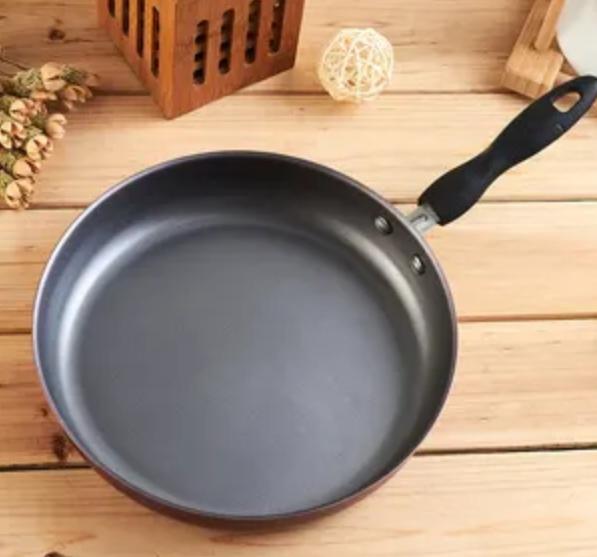
Various non-stick cooking utensils, such as pots and pans, rice cookers, pancake pans, baking ovens, oil-free pancakes, and egg pancake fryers have entered the household. Currently, the use of fluorine resin for anti-stick coating is prime, but the use of silicone resin mold-release anti-stick coating is developing rapidly. Silicone resin mold releasing agent dries quickly and low temperature firing characteristics, it can be heat-resistant up to 250 ℃, in case of over-temperature will not be cracked out of toxic substances, and silicone resin on iron, aluminum, and other metals, the adhesion is better, with the appropriate adhesion promoter, but also can be directly coated in the unprocessed and no primer on the substrate, the firing temperature is far lower than the fluorine resin.
XJY-RA/XJY-RAN MQ Silicone Resin is made of tetrafunctional silicone (Q) polymerized with monofunctional methyl silicone (M), which has good application efficacy in the field of high temperature, semi-permanent and permanent mold release agents. Silicone mold release agent is a special formula, with high and low-temperature resistance, low surface tension, and non-corrosive to metal. Adding silicone resin (5-15%) can significantly improve the strength of silicone oil film, which has good application efficacy in the field of high-temperature castings and other fields.

XJY-8010A/B/XJY-83350 Flake Silicone Resin can be used in high-temperature-resistant powder coatings and liquid coatings. The primary feature of silicone resin is its excellent heat resistance, which hardly decomposes at 200℃ or even higher, it can be used to prepare various heat-resistant coatings, and its heat-resistant insulation grade can reach the H class. Silicone resin also has excellent weather resistance, ozone resistance, arc resistance, hydrophobic moisture resistance, salt spray, mold resistance, and other properties. For example, with more than 20% silicone resin-modified coating, its water resistance, yellowing resistance, temperature resistance, ultraviolet resistance, and other properties significantly improved.


5. The application in electronic components process
Silicone release agent coating leveling is good, with no corrosion on the mold. It is firmly attached to the substrate, and the coating can be used many times with a working temperature of 180 ℃ or more. The products using silicone mold release agents are easy to take off the mold with no migration phenomenon and can be used as anti-adhesive isolation agents.
Before encapsulation, electronic components in the impregnated resin (Epoxy resin, Phenolic resin, etc.) coated with silicone release agent (anti-sticking isolation agent) can not stick to the resin, eliminating the need for curing to remove the resin curing material adhering to the lead trouble.

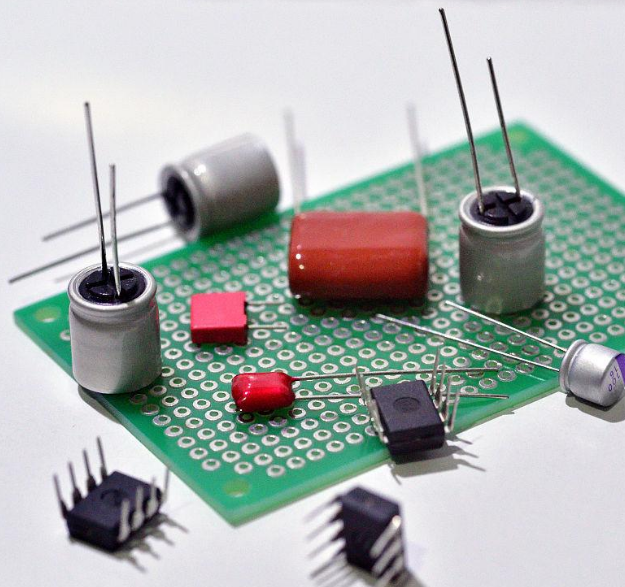
6. How to make silicone mold release agent performance better?
Silicone mold release agents maintain paintability and adhesion through a thin layer, it can reduce labor intensity and production costs, and improve the appearance of products. Silicone mold release agents have been used in molding, injection, and encapsulation methods for the preparation of plastics, rubbers, polymers, metals, glass, casting molds food applications, and other specific application. How to improve the competitiveness of your products and determine suitability?
XJY Silicones is one of the leading silicone MQ resin and VMQ silicone manufacturers in China, with more than 30 years of R&D and manufacturing experience in the silicone industry and more than 15 related patents and technical support. Our silicone raw material products can meet the needs of the release agent field and support the provision of diversified customized solutions for qualified industrial users.

